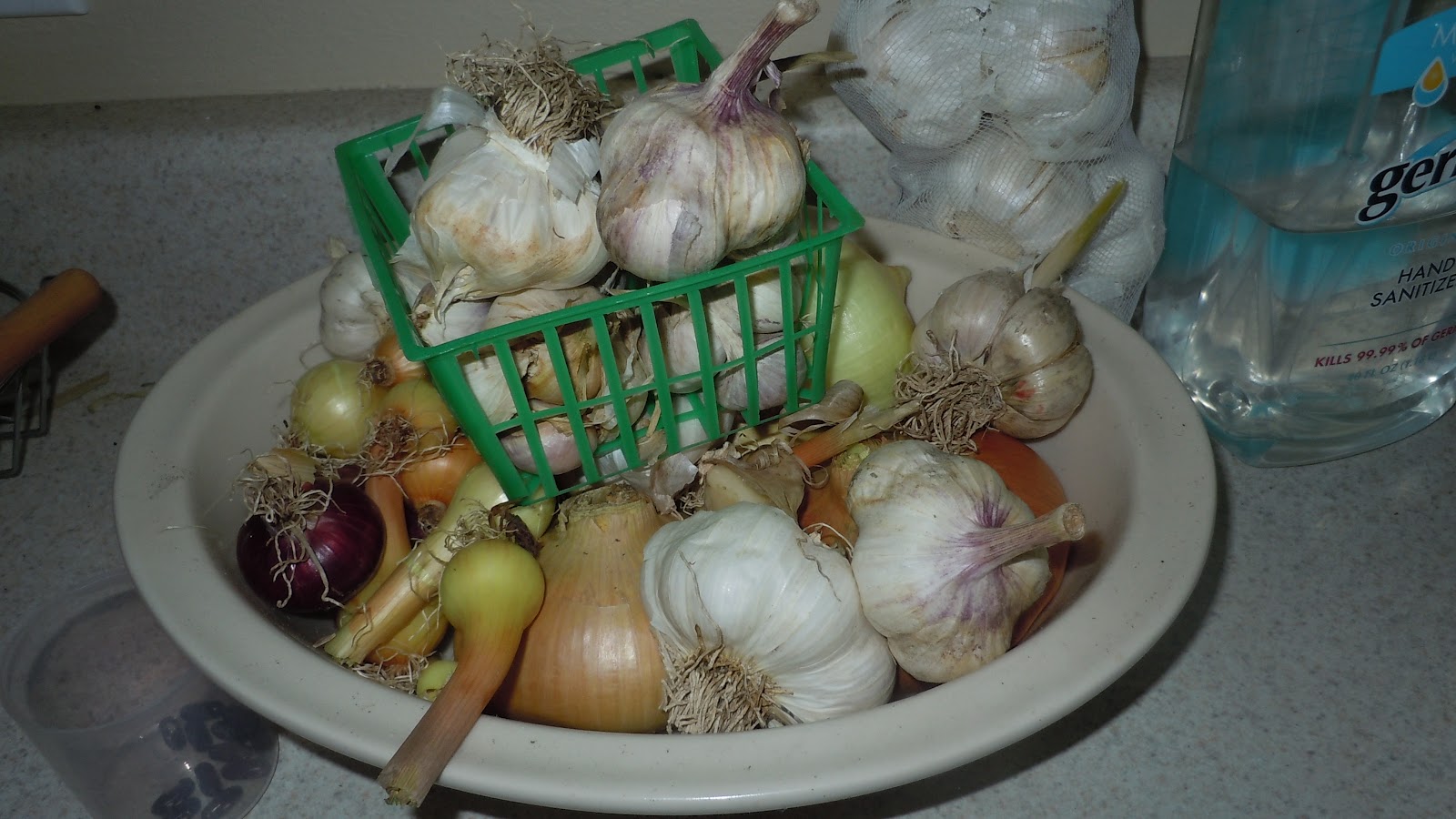This post is meant to be a jumping off point. It won't take you through the answers to every question you'll ever have, but--spoiler alert--I'm working on a project that will do more of that. I hope you'll stick with me as we explore ways to get you started without feeling overwhelmed by all the possibilities. Rather, let's feel blessed by all the possibilities, and let our dreams take over.
1. Dream. I'd forgotten this was my first step until I was paring down our book collection. I found a notebook full of sketches of garden plans, lists of plants I wished to grow, ideas of ways to fund getting seeds I wanted, and more. I couldn't believe I'd forgotten those days of perusing garden catalogs and scanning google for property layouts. Hours spent mentally creating what I wanted.
2. Write it down. Even though I'd lost my notebook (or thought I had, among our many moves across the country), I truly believe in the power of writing out those dreams. It makes them real. Keep photos, cut up catalogs, draw those sketches of what's in your head. You'll be surprised what this can do for you.
3. Start. Start small if you need to, but start. When we were living on graduate student stipends and raising 3 babies, I didn't have funds to start big. But I could afford a packet of pea seeds and a rectangular window box. My peas did great, and I learned how to save my own pea seeds. The next season, I felt pretty good about taking my saved seeds to a seed swap. I learned that gardeners are generous people, who often have an abundance of produce, seeds, and advice. I went home from the seed swap with more information and possible beginnings than I could have imagined! If I had any advice for anyone wanting to start, I'd say, "Go to a seed swap, even if you have nothing to offer." I promise, as someone who now provides seeds for swaps, we don't care if you show up empty handed and leave with armfuls. We want gardening to thrive!
4. Look for opportunities to learn. Helping older gardeners in your neighborhood do tasks that aren't easy for them anymore can provide you with experience and information. Gardeners love to talk, and if you're weeding for us, even better! In some locations, we met gardeners whose yards have become too big for them. They used to have a large family and so became accustomed to growing large amounts. But now, it's more work and more food than they can handle. Our family, when it was small, was able to do yard work in exchange for produce. It taught us, helped them, saved my tiny budget, and gave us a great jump start.
5. Read. There are so many gardening theories out there! So many, in fact, it can be overwhelming. The project I mentioned above will help you sort through methods. I can't wait to share it. In the meantime, spend some hours in your local library. You will definitely find books on gardening, but you may also find some gardening friends looking for the same information.
You might be saying, OK! OK! I get it! I've done all of this. But what do I do on the land I own? I have a place, I have a small (or large) budget set aside, but I'm still overwhelmed! What then? Join me over on my post: Jumping In.


















